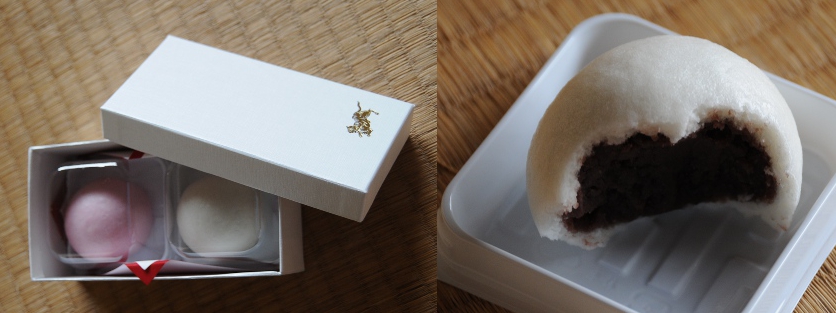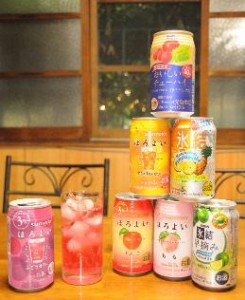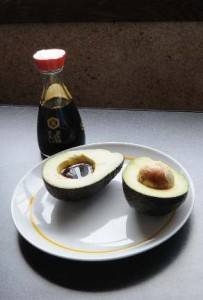I love sweets. Always did. My favourite is chocolate of course, milk chocolate to be precise. My approach is more gourmand than gourmet, but being a woman I can at least point to scientific studies indicating I need it for both my health and my happiness…
Anyway, it seems that Asian people have a different approach to sweets. First of all, the idea of dessert is all but unknown. If any is offered, it is mostly assorted fruit, or you can pick up some candy when paying. Second, chocolate does not appear to be very popular here. Yes, there are a number of Japanese brands, but I haven’t seen anything beyond dark-milk-white unless imported. There are chocolate cookies, chocolate covered nuts and the like, but it appears that the Japanese are more fond of salty snacks. To be fair, eating chocolate in summer is a rather sticky experience, and I am not a big fan of eating it straight out of the fridge, although I will in times of great need. Nowadays there are many bakeries selling bread and cakes, but very often they are of a rather spongy quality which makes them all taste the same after a while.
Of course, there are traditional Japanese sweets, and many a festive occasion is celebrated by making special sweets that are to be eaten only then. For example, New Year’s Day requires eating a rather special type of sticky mochi.
Mochi are little balls of sticky rice dough, mixed with a tremendous amount of sugar and often coated in some as well. They are soft to the touch, have a somewhat chewy consistency and come essentially in three flavours: plain (white), cherry (pink), and green tea (green), where the latter is the most widely available, and I think tastes the best. From this mochi dough, other sweets are derived, and I have recently been given those daifuku, perfectly packed in a beautiful presentation box:  They were maybe four centimetres in diameter and consisted of some mochi dough a few millimeters thick on the outside. They were filled with anko, red bean paste, which is very sweet – when enough sugar is added. To be honest, I don’t like the taste very much, but sometimes, when the paste is the smooth one, with the husks of the beans removed, I find it tolerable enough. The ones shown here were comparatively hard on the outside, very different from the unfilled mochi, but the reason could be that I ate them close to the expiration date and all the water that makes the mochi so soft may have been gone already. I had them for breakfast, and it always surprises me how long you are satisfied after only one or two of them.
They were maybe four centimetres in diameter and consisted of some mochi dough a few millimeters thick on the outside. They were filled with anko, red bean paste, which is very sweet – when enough sugar is added. To be honest, I don’t like the taste very much, but sometimes, when the paste is the smooth one, with the husks of the beans removed, I find it tolerable enough. The ones shown here were comparatively hard on the outside, very different from the unfilled mochi, but the reason could be that I ate them close to the expiration date and all the water that makes the mochi so soft may have been gone already. I had them for breakfast, and it always surprises me how long you are satisfied after only one or two of them.
If you have the opportunity to try daifuku, do so – but be warned of the red bean paste, it’s not to everybody’s liking…


